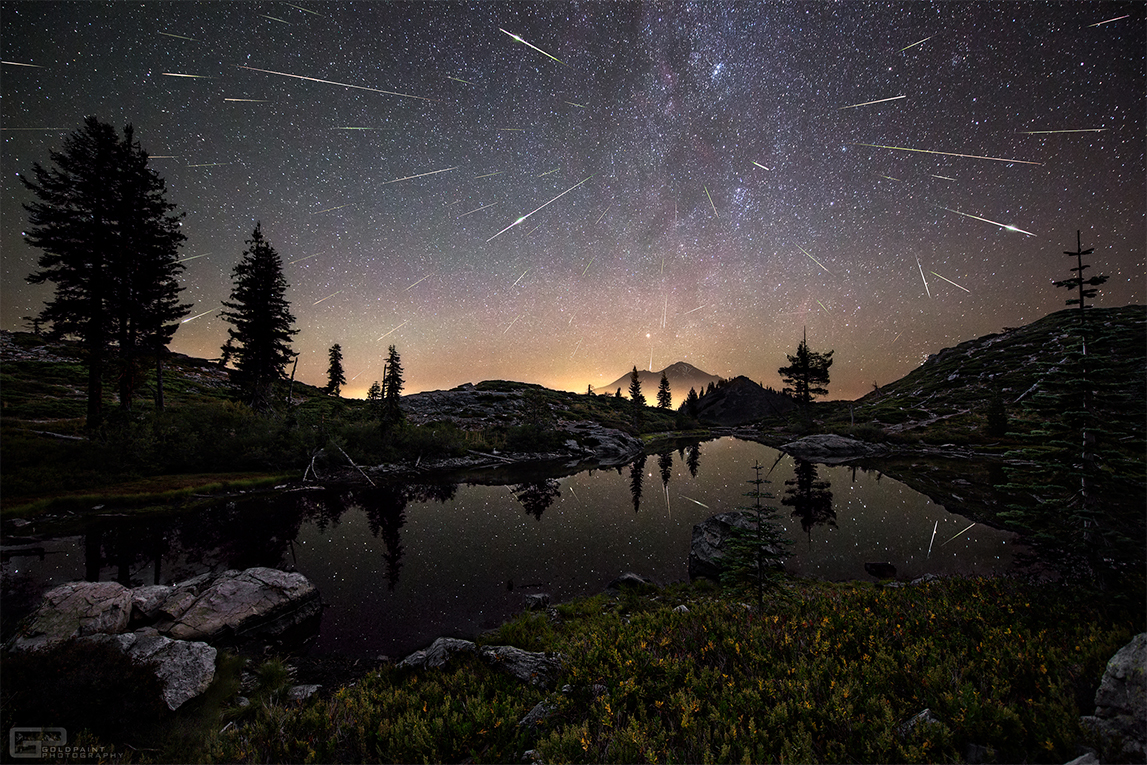
Viewing the Perseids in 2017
Everything you need to know to enjoy the Perseids 2017!

Everything you need to know to enjoy the Perseids 2017!
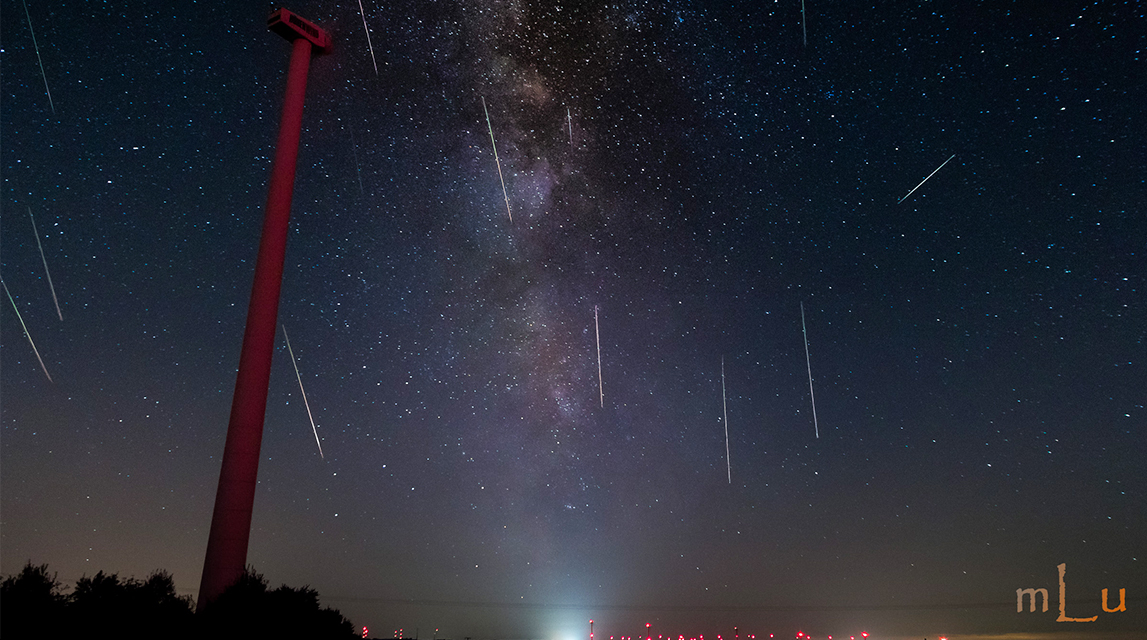
The estimated total hourly meteor rates for evening observers this week is near 6 for those viewing from the northern hemisphere and 3 for those located south of the equator. For morning observers the estimated total hourly rates should be near 32 as seen from mid-northern latitudes and 16 from the southern tropics.
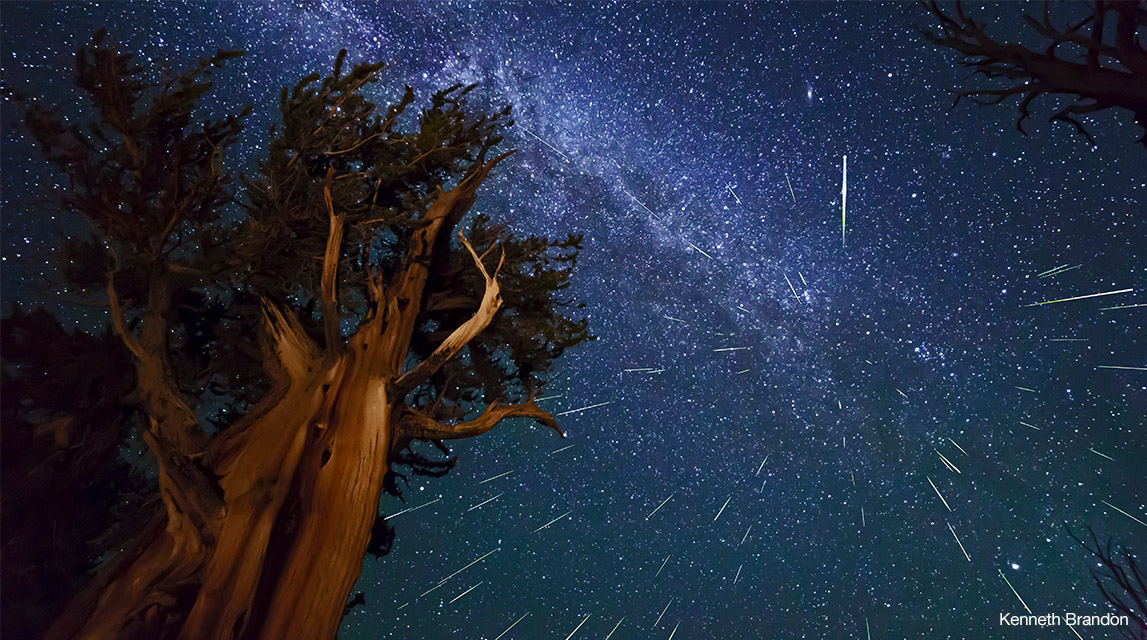
The estimated total hourly meteor rates for evening observers this week is near 2 for those viewing from the northern hemisphere and 1 for those located south of the equator. For morning observers the estimated total hourly rates should be near 20 as seen from mid-northern latitudes and 13 from the southern tropics.
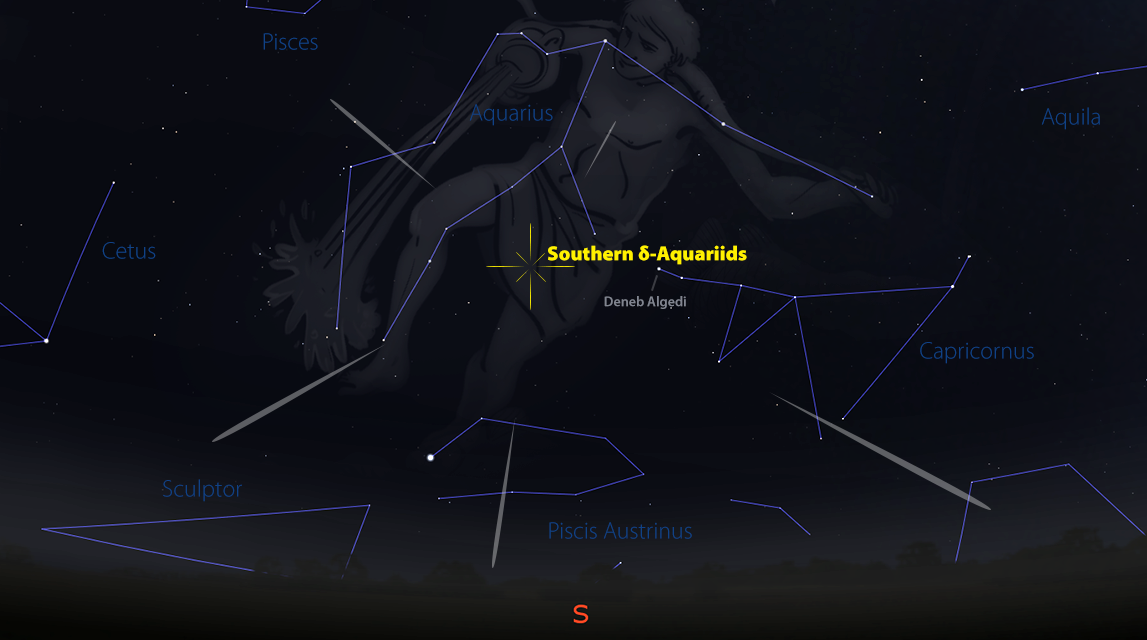
The Southern delta Aquariids (SDA) are active from July 21 through August 23 with maximum activity occurring on July 30. This year the moonlight situation is favorable for the Southern delta Aquariids as the moon is at its first quarter phase on July 30th.

Meteor activity kicks into high gear in August as seen from the northern hemisphere. The main reason for all this activity is the Perseid shower that peaks on August 12th...
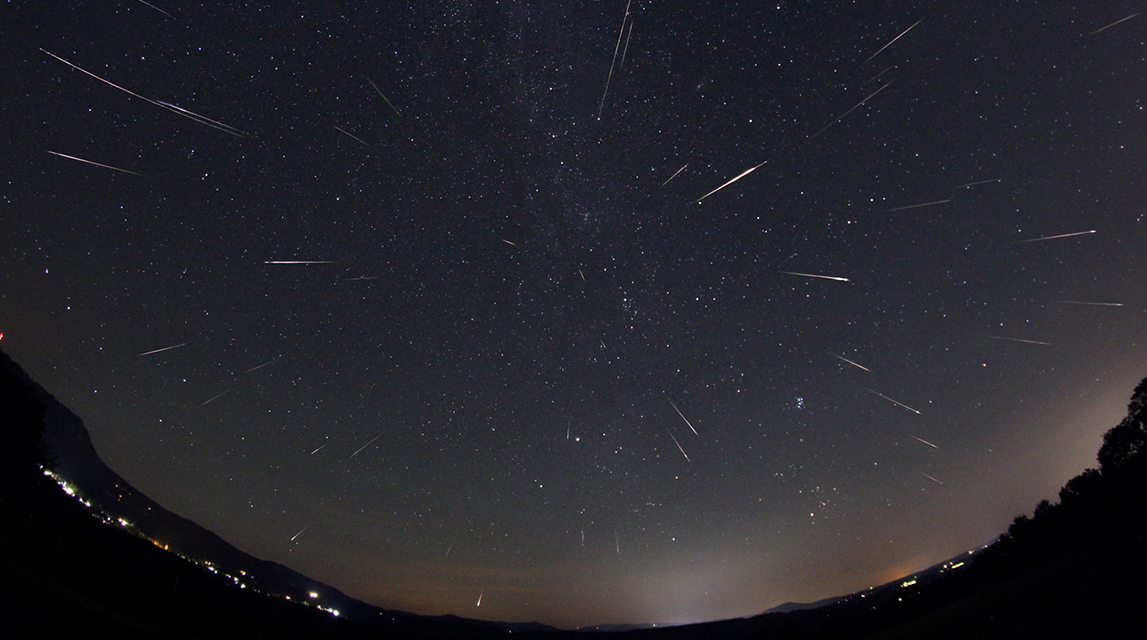
During this period the moon will reach its new phase on Sunday July 23. At this time the moon will be located near the sun and will be invisible at night. As the week progresses the waxing crescent moon will enter the evening sky but will not interfere with meteor observing.
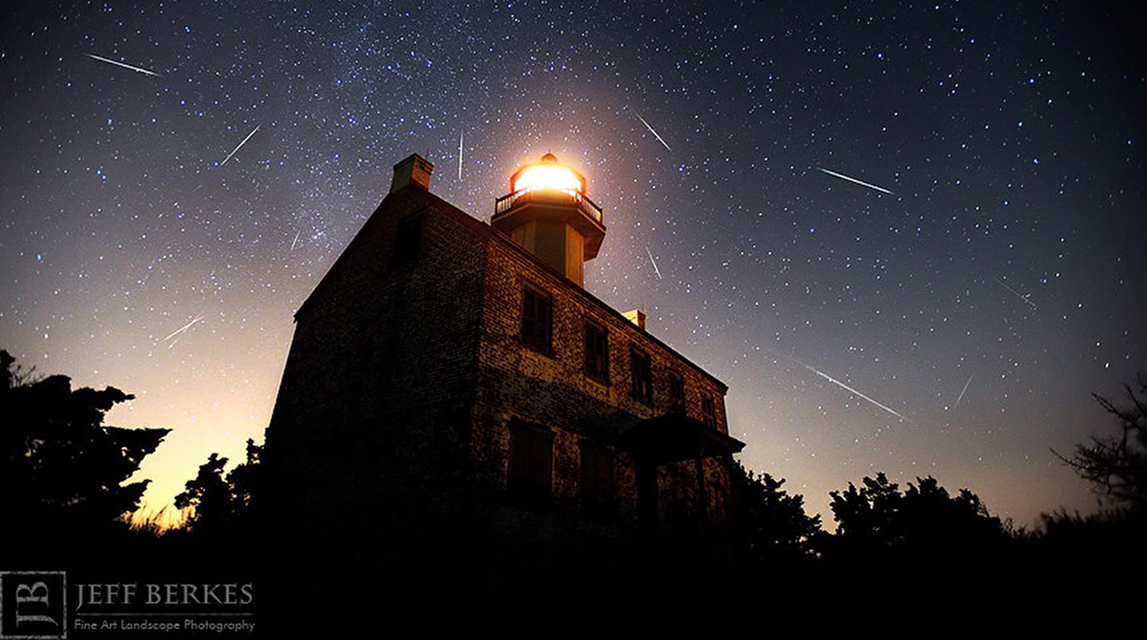
During this period the moon will reach its last quarter phase on Sunday July 16. While the half-illuminated moon will certainly cast some glare in the night sky, it is still much less bright than the full moon. Therefore successful meteor observations can be obtained by simply keeping the moon out of your field of view while observing. Since the moon rises near midnight for observers located in mid-northern latitudes, the evening hours will be free of interfering moonlight.

During this period the moon reaches its full phase on Saturday July 8. At that time the moon will rise near dusk and set near dawn. Since the brilliant moon lie above the horizon most of the night, it will be difficult to observe meteor activity.
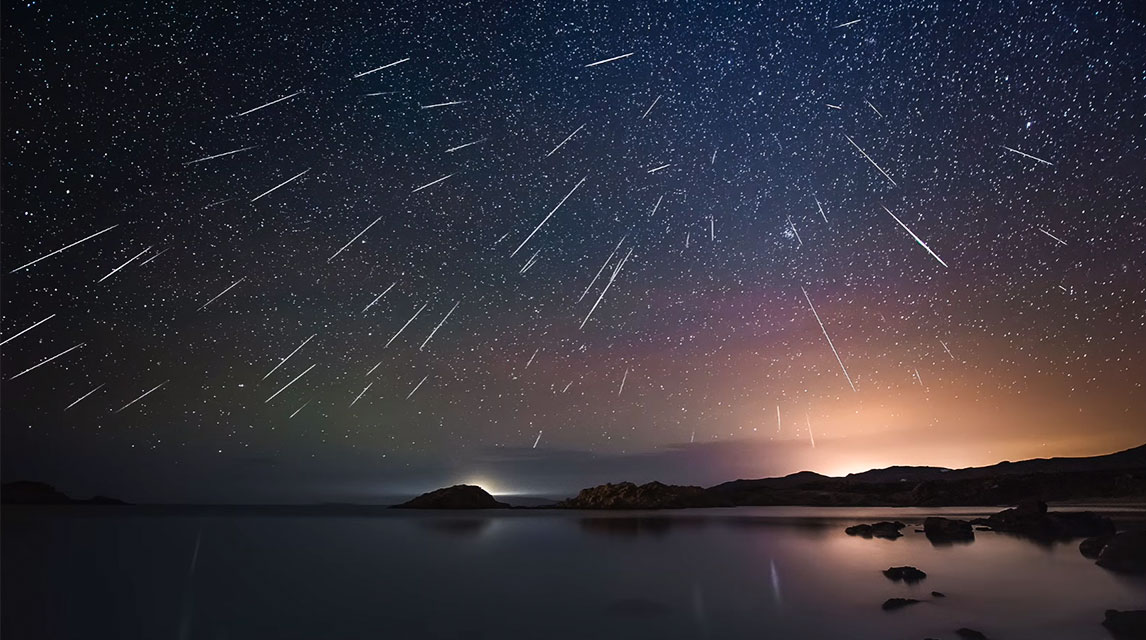
The estimated total hourly meteor rates for evening observers this week is near 2 for those viewing from the northern hemisphere and 3 for those located south of the equator. For morning observers the estimated total hourly rates should be near 11 as seen from mid-northern latitudes (45N) and 12 as seen from tropical southern locations (25S).
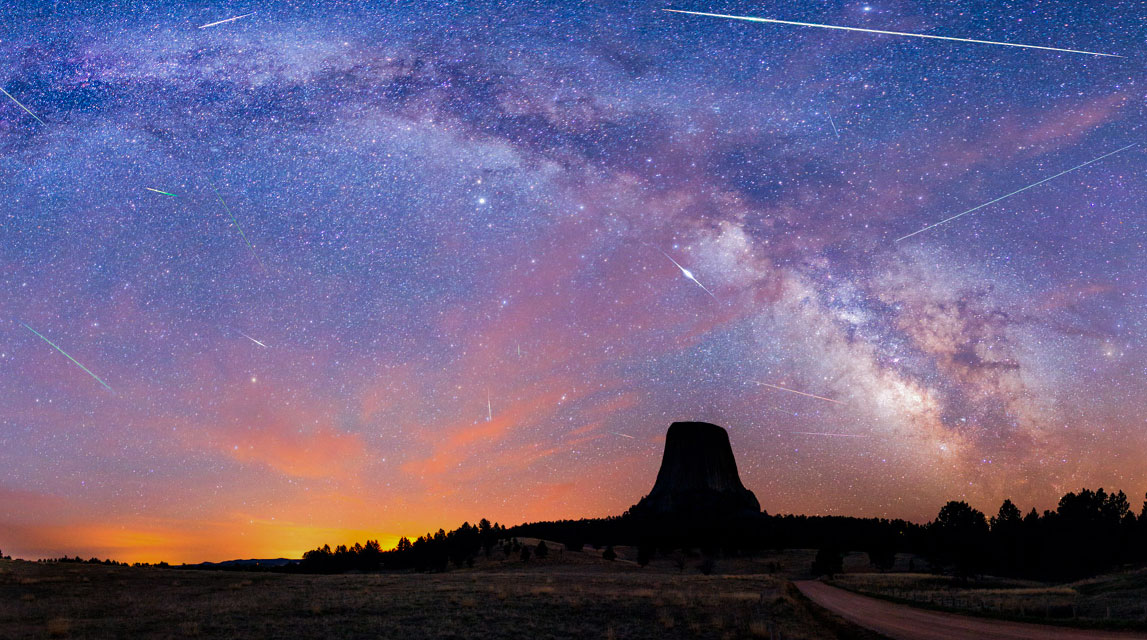
The estimated total hourly meteor rates for evening observers this week is near 3 for those viewing from the northern hemisphere and 4 for those located south of the equator. For morning observers the estimated total hourly rates should be near 9 as seen from mid-northern latitudes (45N) and 12 as seen from tropical southern locations (25S).
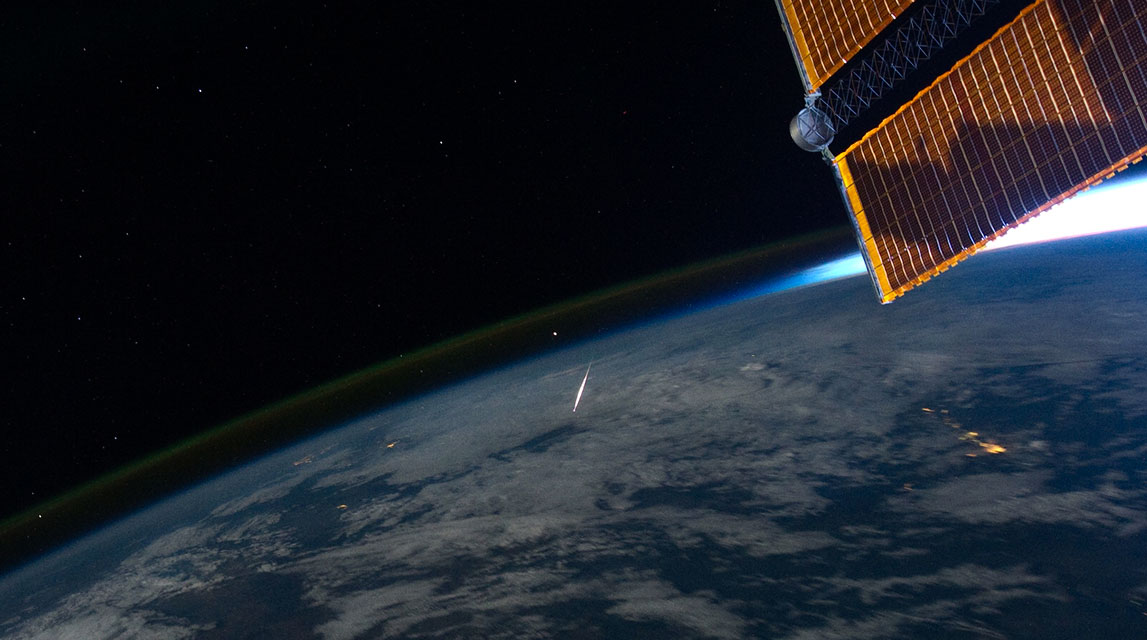
During this period the moon will reach its last quarter phase on Saturday June 17. At this time the half-illuminated moon will rise near 0100 for most observers located at mid-northern latitudes. While these conditions are not perfect, one can still obtain good meteor viewing results simply by viewing in a direction so that the moon lies out of your field of view. Conditions improve with each passing night as the moon wanes and rises later and later.
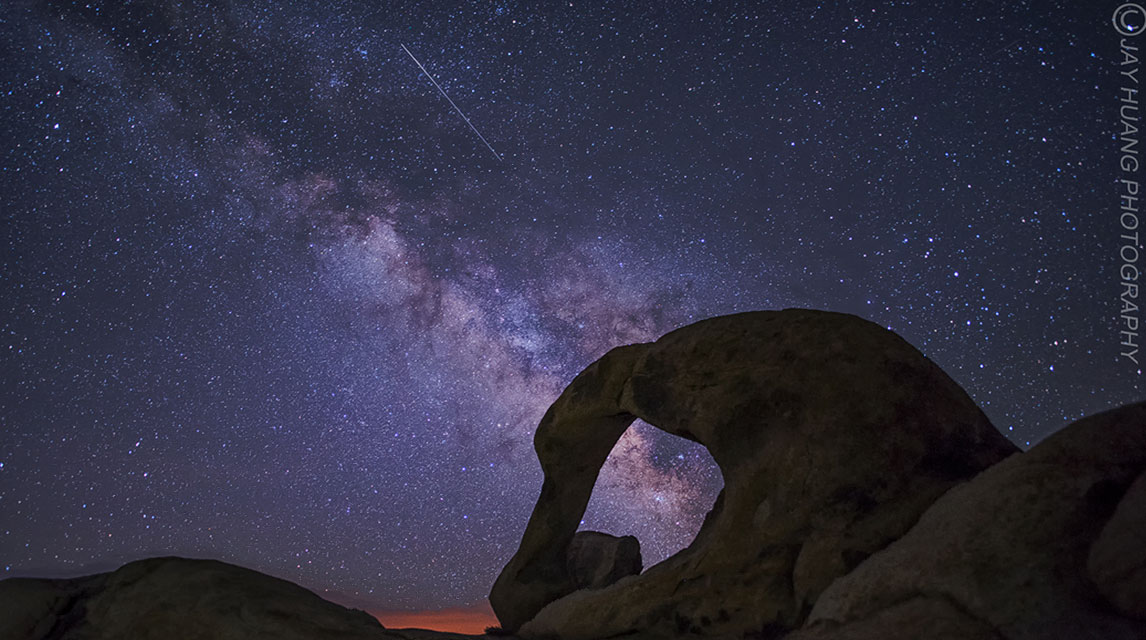
During this period the moon's phase will wane from full down to nearly half illuminated. This will be the worst week of the month to try and view meteor activity as the bright moon remain above the horizon nearly all night long and will obscure all but the brighter meteors.
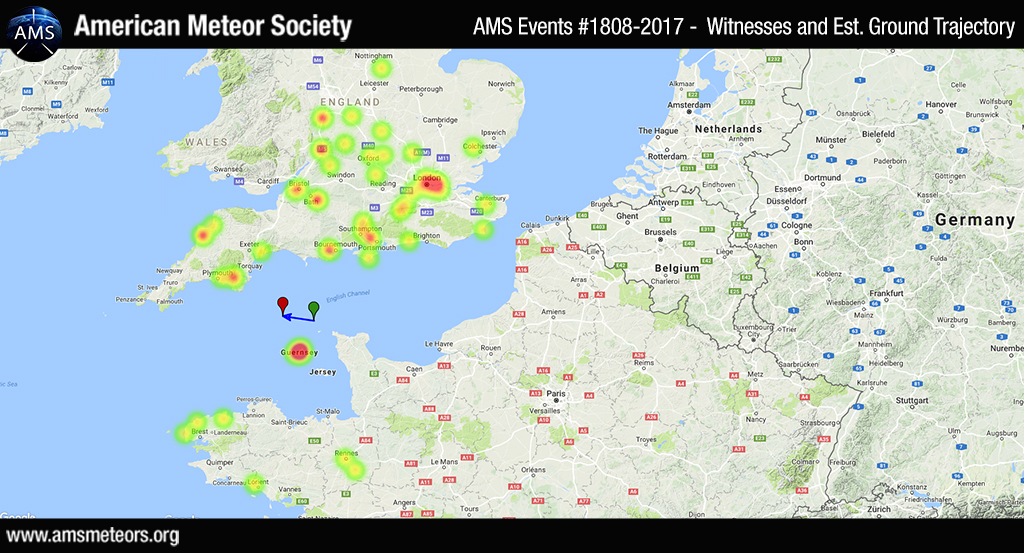
The AMS and the International Meteor Organization have received 87 reports so far about of a fireball event seen above the English Channel on June, 2nd 2016 around 00:38 French Time (June 1st 2017 ~ 22:38 UT.).
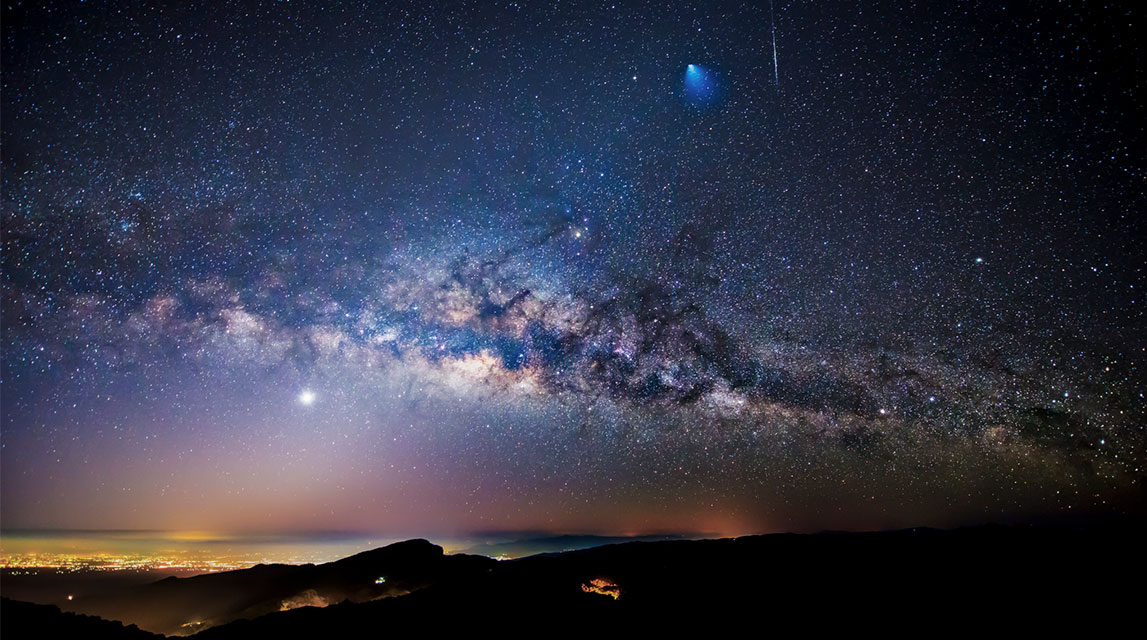
During this period the moon reaches its full phase on Friday June 9th. At that time the moon is located opposite the sun and will remain above the horizon all night long. This weekend the waxing gibbous moon will set during the early morning hours allowing a couple of hours of viewing under dark skies before morning twilight arrives.
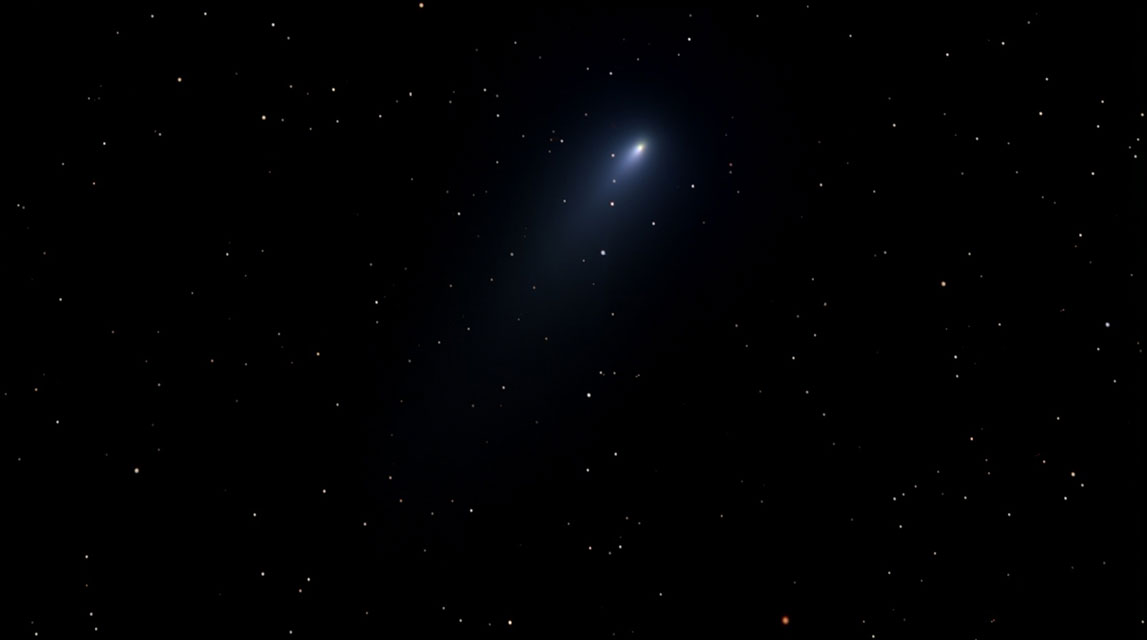
The tau Herculids (τ-Herculids) are an obscure shower produced by the remnants of comet 73P/Schwassmann-Wachmann 3. These meteors are only seen when the earth passes through one of the filaments produced by this comet during previous returns to perihelion. Mikhail Maslov has posted on the Forum of the International Meteor Organization that just such a chance exists on May 30 near 17:24 Universal Time, when the earth passes close to the debris shed by this comet in 1941.
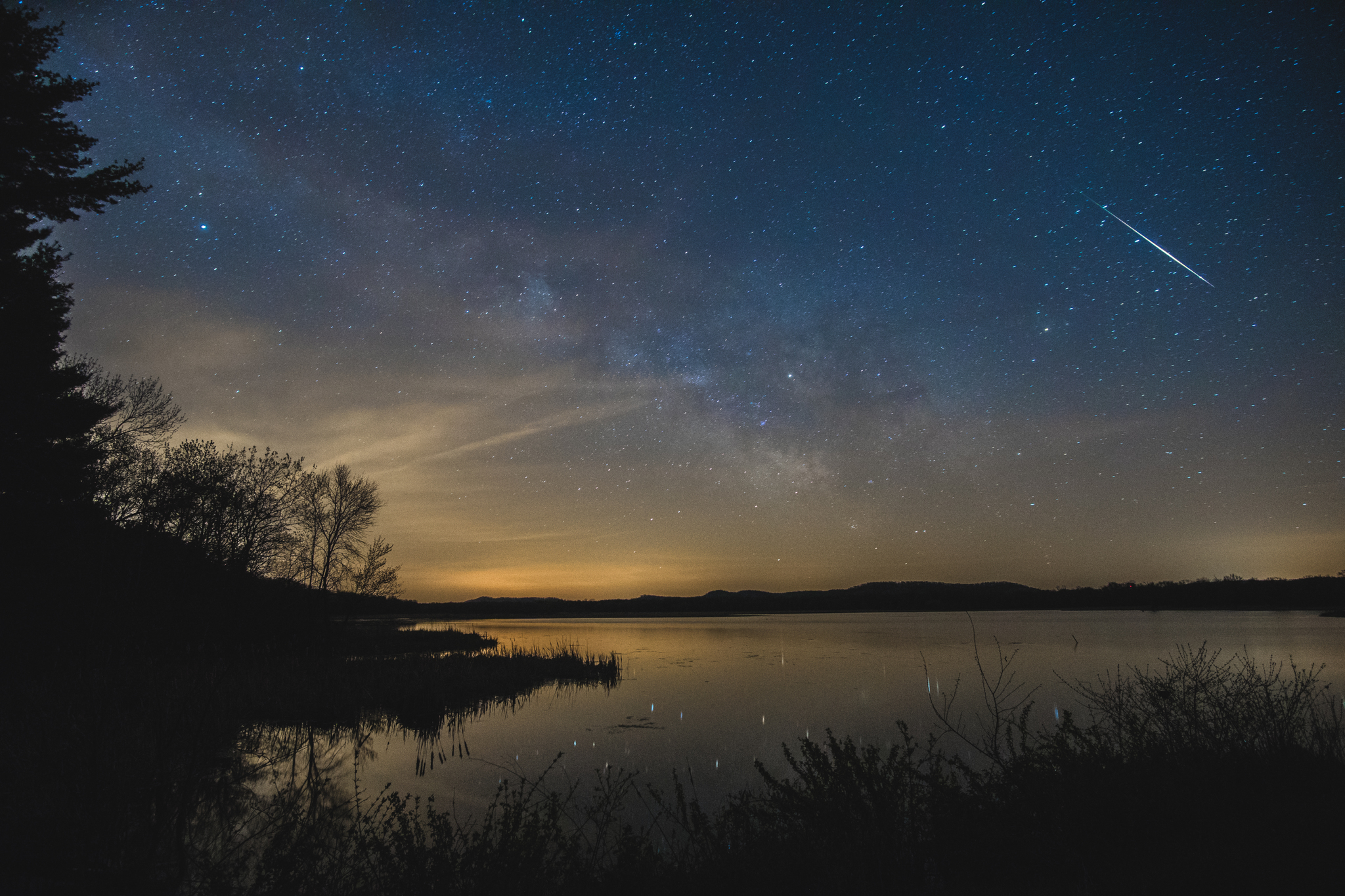
The estimated total hourly meteor rates for evening observers this week is near 3 for those viewing from the northern hemisphere and 4 for those located south of the equator. For morning observers the estimated total hourly rates should be near 8 as seen from mid-northern latitudes (45N) and 13 as seen from tropical southern locations (25S).
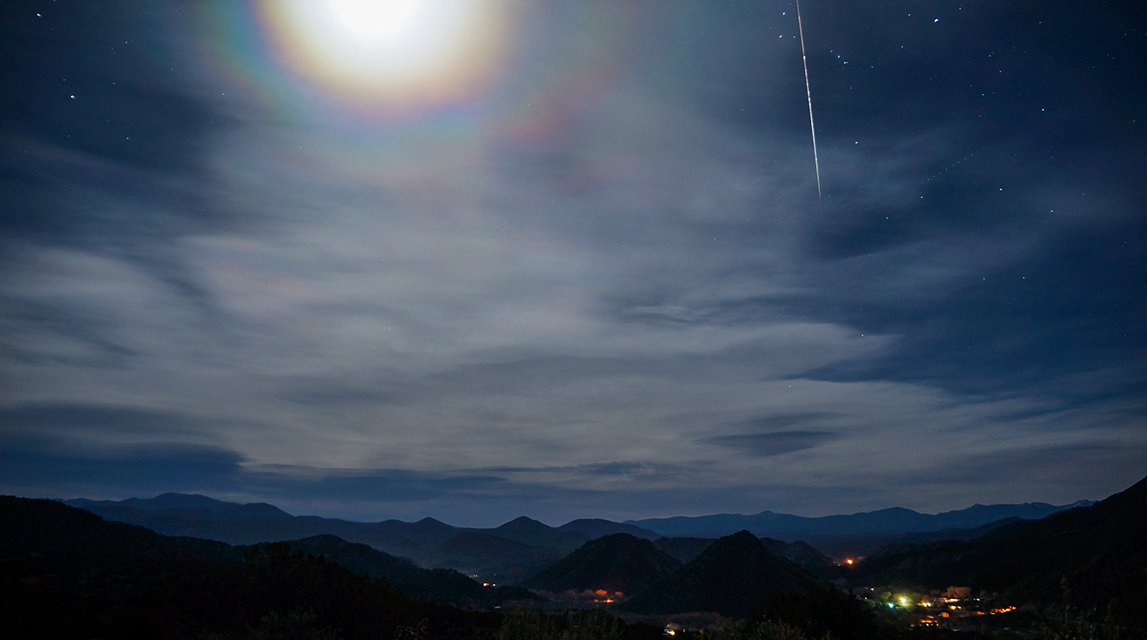
During this period the moon reaches its new phase on Thursday May 25th. At that time the moon is located near the sun and is invisible at night. The estimated total hourly meteor rates for evening observers this week is near 3 for those viewing from the northern hemisphere and 4 for those located south of the equator.
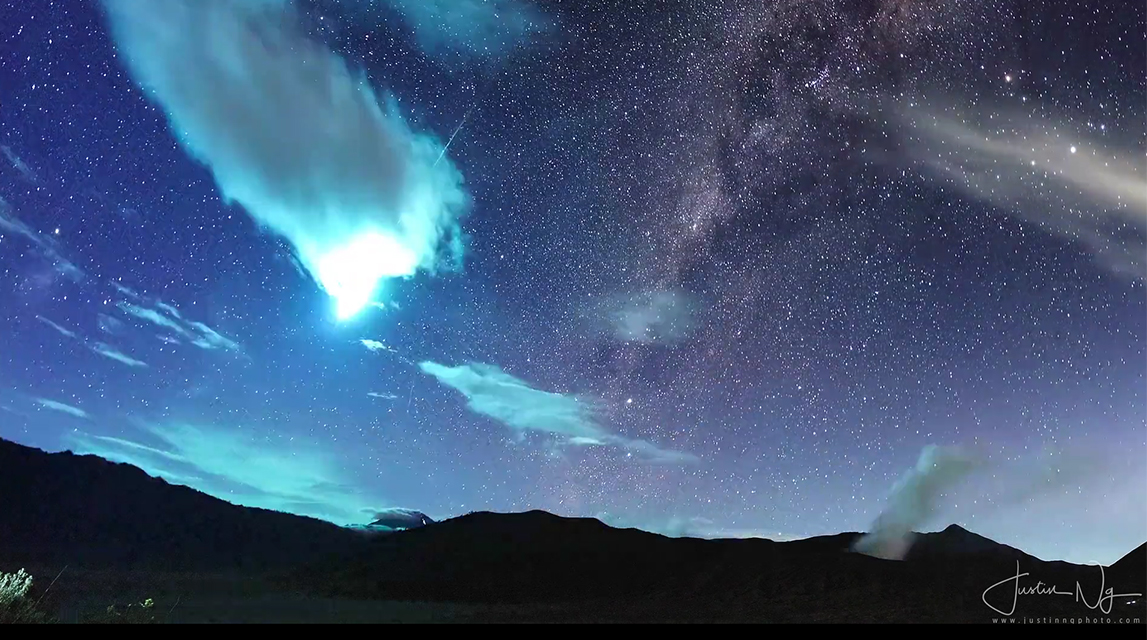
The Eta Aquariids are a strong shower when viewed from the southern tropics. From the equator northward, they usually only produce medium rates of 10-30 per hour just before dawn. Here are 2 videos of the eta Aquariids 2017...

This weekend the waning gibbous moon will rise during the early evening hours and will make viewing meteor activity difficult as the bright moonlight will obscure all but the brighter meteors. The estimated total hourly meteor rates for evening observers this week is near 2 for those viewing from the northern hemisphere and 3 for those located south of the equator.
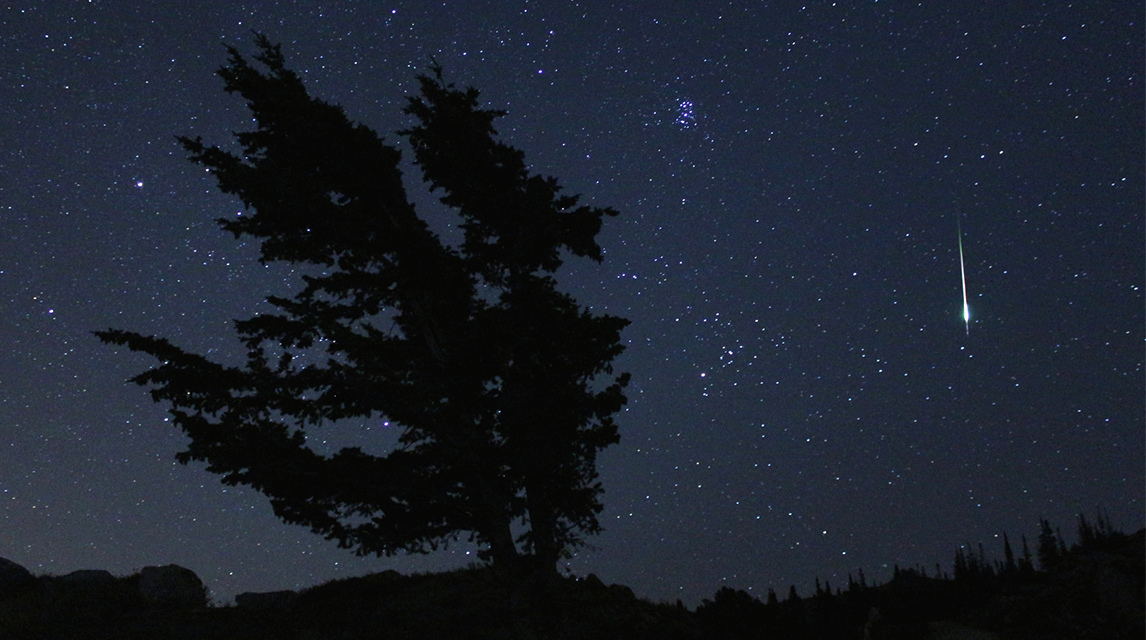
The estimated total hourly meteor rates for evening observers this week is near 2 for those viewing from the northern hemisphere and 3 for those located south of the equator. For morning observers the estimated total hourly rates should be near 12 as seen from mid-northern latitudes (45N) and 20 as seen from tropical southern locations (25S).
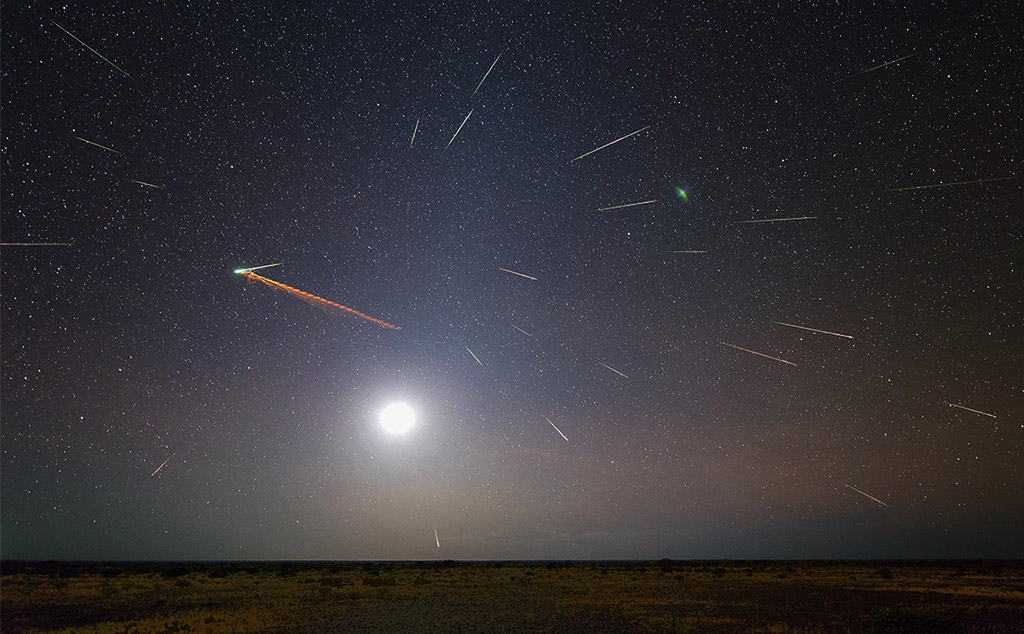
The eta Aquariids (ETA) are active between April 23 and May 20. The strongest activity is usually seen near May 7, when rates can reach 25-30 meteors per hour as seen from the tropical areas of the Earth.